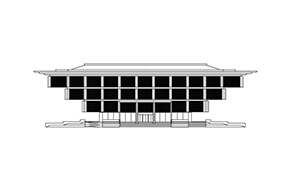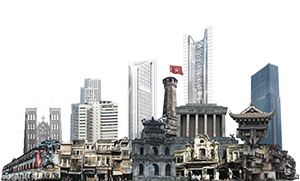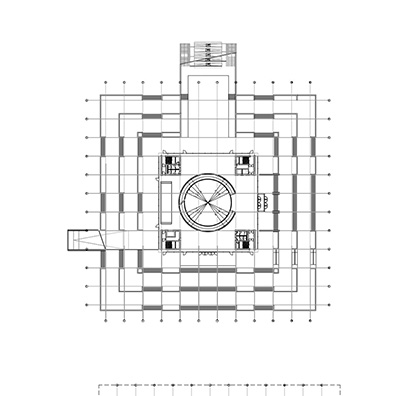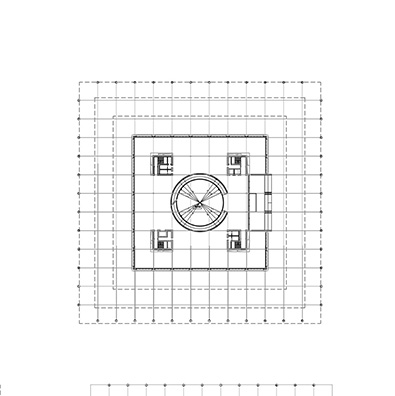Hanoi Museum | Bảo tàng Hà Nội
By Tuan Nguyen
12th March 2020 12:45 GMT
Hanoi Museum
A1 Office Building
House at 47 Hang Bac street
Cung Huu Nghi Viet-Xo
House at 87 Ma May street
Opera House
KTT Kim Lien
KDTM Linh Dam
O Quan Chuong
L’ecole d’Extreme Orient
Cung Thieu Nhi Ha Noi
Kecho Tours
French Colonical Architecture Walk 01
French Colonial Architecture Walk 02
Old Quarter Walk 01
Old Quarter Walk 02
Communist Architecture Tour
Hanoi Extension Tour
Craft Villages Tour 01
Craft Villages Tour 02
Mandarin Architecture Tour
Indochina Architecture Tour
Vietnamese pioneer architects tour
Contemporary Architecture Tours
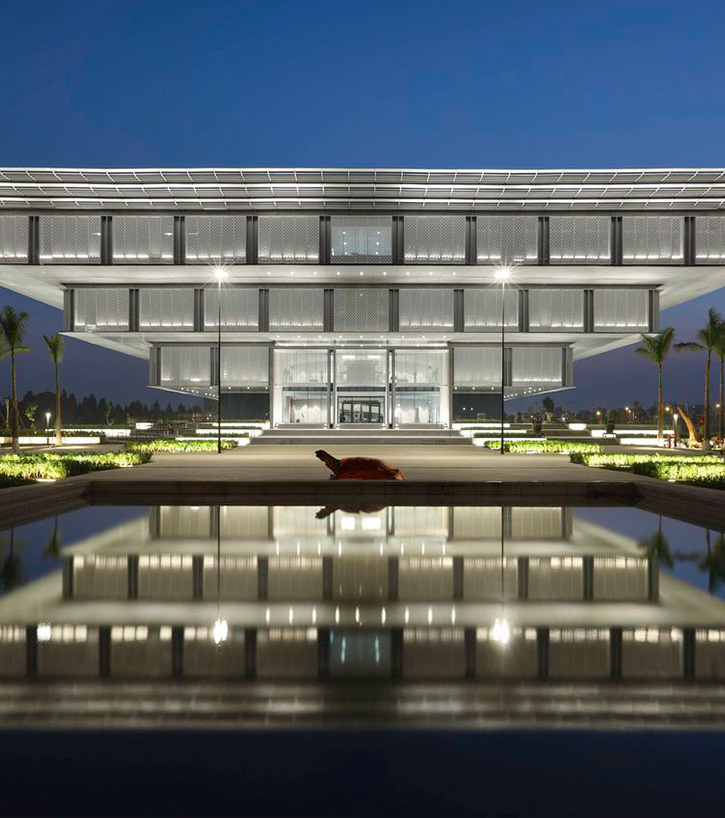
perspective

Hanoi – the capital of Vietnam, is a city with a thousand years of history and diverse culture. Hanoi is the most ancient capital in Southeast Asia, a city with a mixture of traditional Vietnamese culture and French culture. Hanoi is a “patchwork” city, its beauty comes from layers overlapping from the past to the present, from culture to life … Layers and layers are put together, disorderly but beautifully, featuring Hanoi nowadays. That beauty is unique to Hanoi, nowhere has it. The nature of Hanoi lies in town, come to it, people often immediately imagine the old quarter, yet the Hanoi Museum is not located there, or even nearby. It is located on Pham Hung, Me Tri, and Nam Tu Liem streets. Many articles have called this location the “golden land”. It is unclear what value people see from that land and call it “gold”, just because of being located near the main road doesn’t mean it is gold. How silly! The land itself does not have the spirit of Hanoi – the more than onethousand-year-old capital of Vietnam. Moreover, it is
too far away from the city center, when we visit Hanoi, we also feel Hanoi more deeply and easily accessible than going to Hanoi Museum. Pham Hung street is indeed a big road full of potentials, but it does not mean anything to Hanoi Museum. It is a “spotless road”, it is big but it is a road where everyone just wants to hurry, squeeze fast to pass but no one slows down to look around, few are interested in the presence of the Hanoi Museum. “An emotionless road” – the density of traffic is always dense, crowded, people on that road to make a living, no one feels relaxed or peaceful. Or maybe the road itself does not mean anything to Hanoi. The architects have also affirmed that the Hanoi Museum doesn’t need context to become iconic (modern architectural ideology). How absurd! And now the Hanoi Museum is the response to that claim. Outspread – empty The Hanoi Museum is said to be inspired by the One Pillar pagoda, the architects (GMP) that once recognized that pagoda was a unique, playful work in traditional architecture. But when looking at the Hanoi Museum, there isn’t any One Pillar pagoda at all, thinking that they are inspired by the One Pillar pagoda, but it looks somehow like traditional Chinese architecture. The distortion of that ratio makes the Hanoi Museum look so ridiculous. The more humanistic the One Pillar pagoda is, the more outspread the Hanoi Museum is, it is too huge for the human scale. Inside that giant is the boredom in space. The display spaces are similar, nothing new. Many people believe that Hanoi Museum is not successful because they do not have a suitable museum arrangement scenario or do not have many exhibits. But in fact, the display space is truly boring. They are all the same again and again with no attractive highlights. Ironically we can’t find Hanoi there. The vortex slope of the main hall seems to be the highlight, yet its unattractiveness and emptiness disappoint all the expectations. Inside spaces do not overlook the vortex slope, making it just like a normal staircase for going up and down. To fill the emptiness, the main hall is filled with national flags, making it become a big empty red space. What a cloddish brag!
- A monumental staircase in a vaulted interior with columns, c. 1750-55
- Painting
Timeline

Hanoi – the capital of Vietnam, is a city with a thousand years of history and diverse culture. Hanoi is the most ancient capital in Southeast Asia, a city with a mixture of traditional Vietnamese culture and French culture. Hanoi is a “patchwork” city, its beauty comes from layers overlapping from the past to the present, from culture to life … Layers and layers are put together, disorderly but beautifully, featuring Hanoi nowadays. That beauty is unique to Hanoi, nowhere has it. The nature of Hanoi lies in town, come to it, people often immediately imagine the old quarter, yet the Hanoi Museum is not located there, or even nearby. It is located on Pham Hung, Me Tri, and Nam Tu Liem streets. Many articles have called this location the “golden land”. It is unclear what value people see from that land and call it “gold”, just because of being located near the main road doesn’t mean it is gold. How silly! The land itself does not have the spirit of Hanoi – the more than onethousand-year-old capital of Vietnam. Moreover, it is
too far away from the city center, when we visit Hanoi, we also feel Hanoi more deeply and easily accessible than going to Hanoi Museum. Pham Hung street is indeed a big road full of potentials, but it does not mean anything to Hanoi Museum. It is a “spotless road”, it is big but it is a road where everyone just wants to hurry, squeeze fast to pass but no one slows down to look around, few are interested in the presence of the Hanoi Museum. “An emotionless road” – the density of traffic is always dense, crowded, people on that road to make a living, no one feels relaxed or peaceful. Or maybe the road itself does not mean anything to Hanoi. The architects have also affirmed that the Hanoi Museum doesn’t need context to become iconic (modern architectural ideology). How absurd! And now the Hanoi Museum is the response to that claim. Outspread – empty The Hanoi Museum is said to be inspired by the One Pillar pagoda, the architects (GMP) that once recognized that pagoda was a unique, playful work in traditional architecture. But when looking at the Hanoi Museum, there isn’t any One Pillar pagoda at all, thinking that they are inspired by the One Pillar pagoda, but it looks somehow like traditional Chinese architecture. The distortion of that ratio makes the Hanoi Museum look so ridiculous. The more humanistic the One Pillar pagoda is, the more outspread the Hanoi Museum is, it is too huge for the human scale. Inside that giant is the boredom in space. The display spaces are similar, nothing new. Many people believe that Hanoi Museum is not successful because they do not have a suitable museum arrangement scenario or do not have many exhibits. But in fact, the display space is truly boring. They are all the same again and again with no attractive highlights. Ironically we can’t find Hanoi there. The vortex slope of the main hall seems to be the highlight, yet its unattractiveness and emptiness disappoint all the expectations. Inside spaces do not overlook the vortex slope, making it just like a normal staircase for going up and down. To fill the emptiness, the main hall is filled with national flags, making it become a big empty red space. What a cloddish brag!

